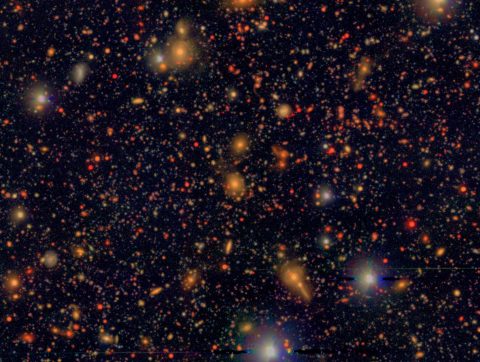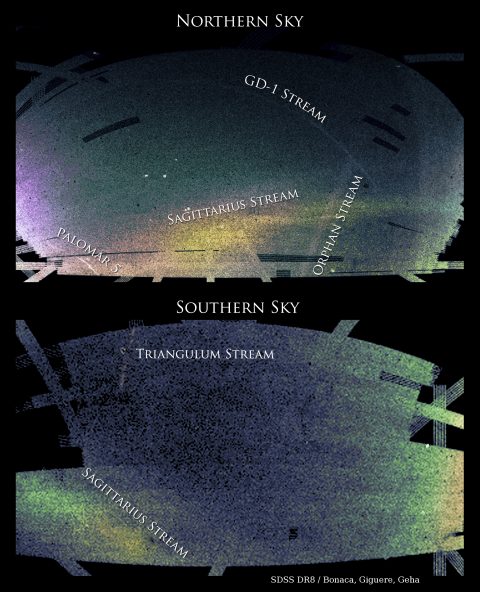AI Feedback Loop for Wide-Field Spectroscopic Surveys in Astronomy
A team of scientists at Johns Hopkins University and Princeton University create a system that maximizes the scientific utility of the powerful Subaru Telescope by making data-driven decisions of what to do and where to look next. At the heart of this system, the scientists assess the amount of information about astrophysical and cosmological phenomena that is attainable by alternative observing strategies. By declaring what scientific objectives are to be met, they can decide what observations to conduct next.
Of particular interest are chemical tagging of stars in our Galaxy, the interaction of other galaxies in different regions of the cosmic web, and the constituents and evolution of the universe as a whole.
The challenges with all those studies lie in the high dimensionality of the decision space, uncertainties of the observed astronomical sources as well as in balancing competing science goals and distilling the adopted strategy into a reproducible decision scheme. With this system in place, a feedback loop between observations and analysis will enable the scientist to fully leverage the power of their best telescopes and make astrophysical discoveries faster.

